How long does it take you to create a single blog post today?
Probably a few hours, if I had to guess.
Now multiply that same time across your other content channels.
That includes everything from social media to audio, visual, and even offline presentations.
Content creation now sounds like more than a full-time job.
The good news is that you don’t need to create content from scratch each and every time.
In fact, you almost never should.
I’m going to show you my seven favorite content curation hacks.
They’ll help you save a ton of time.
But even better will be the new traffic, leads, and customers it will generate.
Let’s dive in.
1. Plan for curation in advance
This might sound a little confusing at first.
But there’s one tip that can make a massive difference down the road.
Unfortunately, many marketers miss it.
And it’s right in front of them!
You need to plan content for curation from the very beginning.
Here’s what I mean.
You know that feeling when you sit in front of the computer, and the blank white screen is just staring at you?
Don’t ever write from a white screen!
See this?
Don’t do that.
Instead, everything should be planned out in advance.
If a topic is inspired by multiple sources, make sure you list that information in the idea stage.
Then you can plan ahead and have one piece of content springboard the next.
It will also help you double your content output.
85% of marketers use content curation for two very good reasons:
- It allows you to create new content at a fraction of what it usually takes
- And it allows you to diversify content into different formats.
For example, you eventually want to guest post to build high-quality backlinks and get more traffic, right?
Content curation can make that happen.
You create an in-depth skyscraper on your own site. Then you can reuse the same material for another one.
Of course, you switch up the format and still create a unique piece of content.
But this way you’re able to skip the time-consuming stuff, like finding stats.
You don’t have to stop there, either.
Content curation also helps you easily increase rankings for tier-two links.
Here’s how tier 2 link-building works.
You guest post on one site to get links. Next, you guest post on other sites to drive links back to that first guest post.
Why would you do this?
Because when your first guest post becomes more authoritative, your own website becomes more authoritative.
Here’s how it would look if you used three tiers that link all the way back to the first tier.
It sounds complex.
However, it’s only complex if you’re not planning ahead.
Fortunately, there are a few tools out there to help you keep everything straight.
For example, I love using Trello to help brainstorm new topics.
Once a topic looks good to go, you can also manage the entire creation process.
CoSchedule is another excellent alternative.
It gives you a few extra controls, like the ability to plan out your entire marketing calendar in advance.
That you can start repurposing and scheduling social updates weeks in advance.
The trick is to have your systems ironed out ahead of time.
Create a process you can repeat every time you create content. The process should include several steps:
- Where content gets published and distributed
- Where it gets promoted
- How it’s promoted
- How mentions and influencer inclusions are handled
- The amount of time dedicated to future promotion for that specific piece
- How the content is repurposed – when and where, like TweetDeck
Turn content creation, distribution, and promotion into a precision process to supercharge your content in minutes — not hours.
2. Start with your customer’s problems
Most companies know what their products or services give to customers.
I mean the benefits your customers ultimately get.
But negative messaging around your customer’s problems is a better place to start.
Here’s why.
Notice how a problem is identified right off the bat in the headline of this Kissmetrics blog post:
Shining the spotlight on the problems customers are facing can help you cut through all of the other noise faster. That can also extend to the pain points or symptoms that pop up in their lives.
There are two ways to do that:
Step 1. Protect them from external threats.
There’s a lot of danger, pain, and sadness out there in the world.
There are also a lot of things that could potentially harm your customers if they don’t have someone or something to protect them.
Go on: Be their savior.
Step 2. Help them fix the internal mistakes they’re already making.
People don’t like to look stupid.
They want to avoid unknowingly sabotaging their goals or objectives. They want ways to identify potential pitfalls.
Pointing these out can help improve engagement from your audience and even encourage your followers to promote your content themselves.
Only when people understand why they should be afraid can you properly position yourself as the solution to their troubles.
Here’s a textbook example:
And if you do it right, you can frame it as a “must have” as opposed to a “nice to have.”
That means that, in every piece of content, you can subtly position yourself as the “expert” or the “answer” without having to overtly push the hard sell in your content.
There should be no shortage of problem-specific topics.
Think about it.
You can open up your email right now and start scanning customer questions.
You probably have hundreds if not thousands of them already!
Do you work with a customer support team? If so, these people listen to problems and issues on the phone all day long.
Take them to lunch, ask them a few questions, and you’ll get topic ideas for the next month.
You can even take this further to get extra mileage.
For example, Andy Crestodina answers questions from his customers and followers via email, then uses those emails as blog posts.
His trick was to create a separate Google Doc called “Content Fragments.” He simply copies and pastes all of his answers here over time.
Then he was able to mine this database of ready-made content that just needed a little tweaking to become ready for public consumption.
3. Transform text content into visuals
Visuals are the secret to triggering audience engagement.
Don’t believe me?
Posts that include visuals are 150% more likely to get shared based on Twitter reshares.
And people are 44% more likely to engage if your posts are visual.
So turn those boring words into visuals!
For example, let’s say you create a cheat sheet.
The goal is to provide a few quick, actionable tips.
You do the research and prepare the content. Take the final step and make it visual!
It’s the same information. You’ve already written all about it already.
It takes maybe a few extra minutes to work with a designer for something basic.
Better yet, expand the scope to pull together an entire infographic.
What’s that? You don’t think that you have the time or ability to create infographics.
Nonsense!
For the price of an email address, HubSpot will give you 15 PowerPoint templates.
All you have to do is point, click, and edit the text.
It all depends on your raw data.
If you’ve already written the content, this step should set you back by half an hour at most.
And infographics are one of the best ways to wrap a narrative around dry, technical topics.
Canva is another alternative for smaller, DIY graphics.
It’s mostly known for creating social media images.
However, you can also use it to create custom graphics or even presentations.
Two final tips on visual engagement:
Tip 1: Make sure the visuals you use are relevant.
We are nearing the death of the stock photo.
No one feels emotionally connected to a photo of a group of three colleagues sitting around a coffee table, “crunching” the numbers and laughing.
Excel is not that funny. Trust me.
Those photos often feel fake. Give viewers something that is more relevant and relatable.
Tip 2: Make sure your visuals are up to date.
This one is simple. If you are trying to convey a message about modern technology, or the rise of mobile phone usage, don’t use a photo of someone on a flip phone.
4. Create interactive content from your static content
“Content” doesn’t stop at blog posts.
The more you can incorporate interaction between prospects and your content, the better.
Interactive-based content — like tools, contests, or quizzes — can help you keep people engaged for longer periods of time.
These types of content are commonly more “shareable” and memorable, as well.
You and your friends dancing like Britney Spears? Hysterical. And most importantly: shareable.
Interactive content doesn’t have to be just fun and games, though.
For example, take the WordStream AdWords Grader.
Plug in your URL, and it will return all types of data behind how well your AdWords campaigns are being managed.
Where’s the content?
Behind those calculations!
The tool is effectively saying, “If the result is between X and Y, show them Z.”
That’s the same idea behind my tool on QuickSprout.
Think about it this way.
I can tell you all about how important title tags and meta descriptions are for SEO.
But you’ll probably ignore me. 😉
Or I can just show you how the site’s already showing up Google.
That also allows me to explain each what you’re doing well, or not so well, in greater detail.
And the best part about this tool?
The heart of this is still content.
However, this format is better for people at the end of the day.
People find out exactly how this abstract concept applies to their sites.
That means the content is much easier to understand than in text only.
And it means they’re much more likely to reach out to me for help.
5. Repurpose your content into other formats
Repurposing content is one of the best ways to leverage your past work to generate future results.
It has the added bonus of making your life simpler, too. Here’s why.
Repurposing content opens up opportunities you wouldn’t have otherwise had. It allows you to reach a new audience, to update old ideas, and to expand on a topic.
The good news is that you already have everything you need to get started. Here are some techniques, tools, and tactics to repurpose the content you’ve saved.
Want a perfect example? Post your webinar to YouTube as a tutorial:
Turn a blog post into a guide, a slide deck into an infographic, a PowerPoint into a slide deck, and more.
You get the idea.
The next step is to create a centralized knowledge hub to record these good ideas and “templates.”
For example, you can use Evernote to create a simple swipe file.
That will allow you to quickly bookmark, collaborate, and retrieve old information for new stuff.
I’m not the only one who loves swipe files.
Jimmy Daly recommends:
Anytime you see a great subject line, a good offer, a beautiful design or great copy, just add the message to your swipe file. Pretty soon, you’ll have a repository of inspiration that you can tap into when you are working.
Swipe files are meant to give you a kickstart.
But don’t copy. What worked for a competitor won’t necessarily work for you. Besides, content marketing only works when you create unique content.
There is a tendency to copy something that works without knowing or understanding why it works. When you see an ad, article, or visual that you are considering swiping, take a moment to dig deeper.
Again, online tools can help.
Swipe Worthy will not just compile your swiped files, but it will also help you determine what is working and why.
Many times, the best inspiration can be found outside of your industry because it will be fresh or new.
So get outside of the echo chamber.
Look at what others are doing and adapt the approach for yourself.
6. Let influencers do the work for you
Bloggers are awesome at several things.
They’re great at telling stories.
They’re good at writing. Or they’re awesome at images and video.
But you know what bloggers aren’t so great at?
They often struggle to monetize their blogs.
I’m not saying that’s right. However, it is true in many cases.
That’s good news for you, believe it or not.
It means that you have something they need. And they have something you need!
You can give them free products or sponsor their sites. In return, they promote your brand.
You can also have bloggers create all of your content for you.
Walls Need Love will work with industry influencers to craft social media content.
The visuals hit all of the important points we reviewed earlier.
They’re extremely relevant and relatable. So people love interacting with them and watching to see what’s next.
Here’s a perfect example of one young mother with her daughter.
Working with a team of bloggers has an added logistical bonus.
You can quickly and easily rotate the types of content you distribute so you’re not always sharing from the same person.
If your followers see that you’re consistently sharing content from a single influencer, they might disregard you and go straight to the source.
However, working with multiple influencers expands your audience (and your content distribution).
7. Create clear, objective metrics
First and foremost, why is content curation important to you?
“Thought leadership” is nice, but it’s not quantifiable.
So what does that mean to you? How will it look?
Maybe it will be a certain number of email subscribers, website page views, or Facebook engagements. Just don’t over-prioritize “fans.”
The point is, beyond ensuring that you meet deadlines and continue to publish on time, SMART goals will help you make sure that the content you’re curating and sharing matches the campaign or product you’re about to unveil.
Getting started is as easy as making a spreadsheet that lists your basic strategies for each audience.
Next, you can set SMART goals to create a roadmap of how you’re going to get from point A to B.
Here’s how they work:
- Specific. Your goals should include the answers to what, why, and how.
- Measurable. Your goals should have a deadline and a way to measure success.
- Achievable. Your goals should be challenging, but not out of reach.
- Results-focused. Your goals should be driven by something you want to achieve.
- Time-Bound. Your goals should be time-sensitive.
Hubspot’s SMART goal template takes this to the next level by forcing you to write hard metrics for each category.
Running through a goal-setting process can help highlight where you’re currently falling short.
For example, writing out the numbers can make you realize how hard it is to get new visitors to convert immediately.
You might have to create some new offers or content pieces in the middle ground to get leads first.
Manually implementing a SMART strategy can get a little clunky. You might have to re-write and run different statuses or CTAs to the same audience but at different times.
Or you could use a tool like Snip.ly, which helps you generate leads just by sharing content. You can use its A/B testing tool to see which CTAs work best.
There’s also the benefit of you getting recognized while you’re sharing other creators’ stuff.
Conclusion
Content marketing applies to more than blog posts.
It ranges from Twitter updates to webinars and even interactive tools.
If you had to create content for each one of those things, from scratch, each day, you’d probably want to change careers.
There literally aren’t enough hours in the day.
Fortunately, you don’t have to do that.
Instead of creating everything from scratch, you can curate content from other sources.
Leverage the work of others to speed up your writing. Even your old content can be repurposed, as well.
Content curation doesn’t just help you save time. It also helps you improve output and results.
What’s your favorite content curation tip to cut your creation time down?


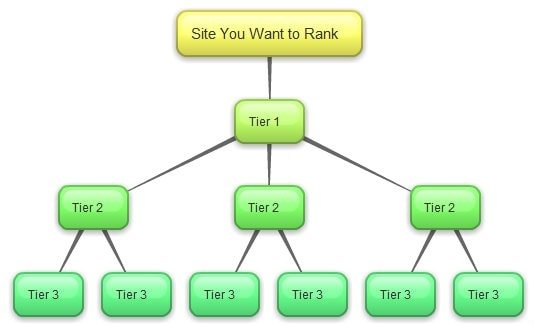
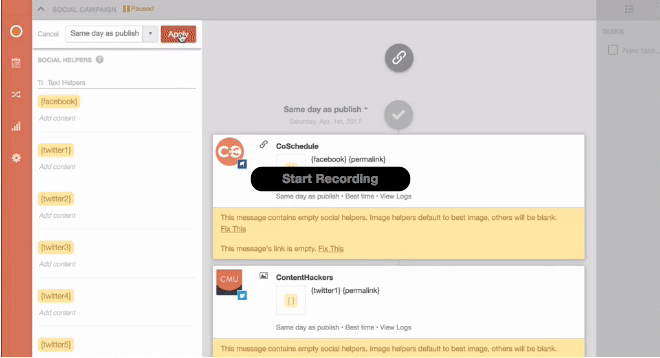
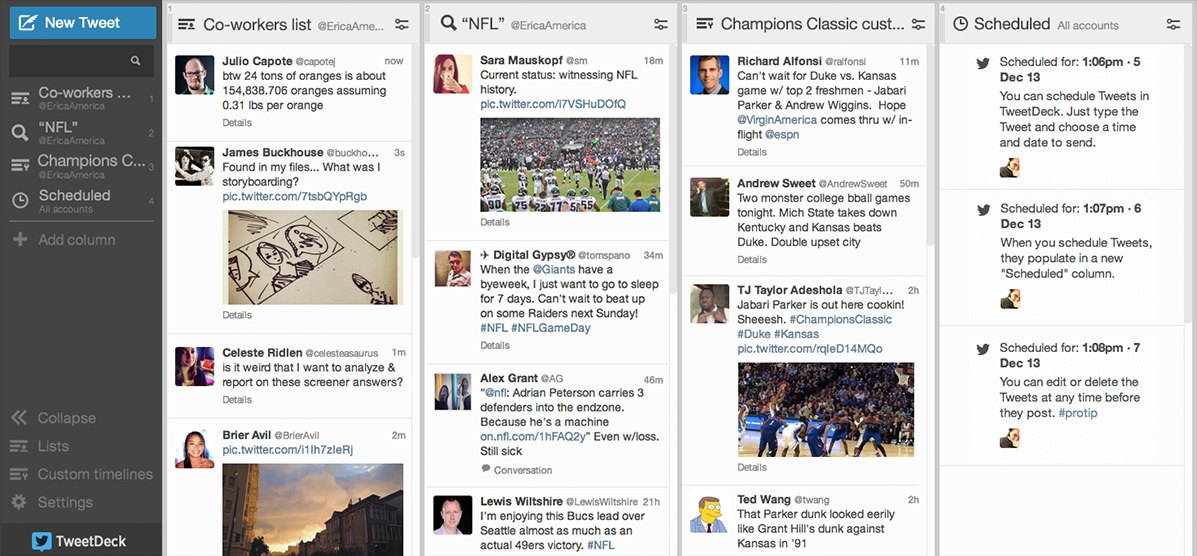
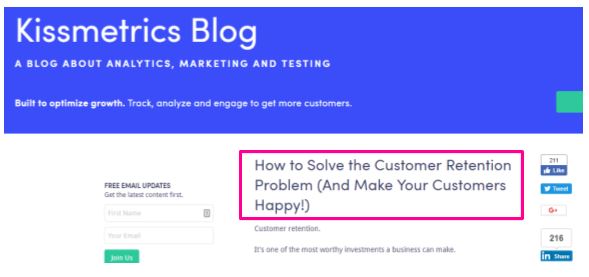
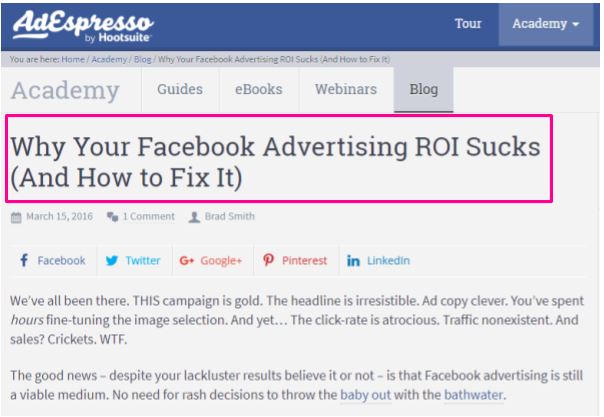
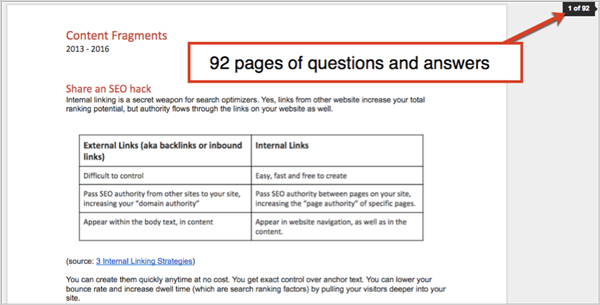

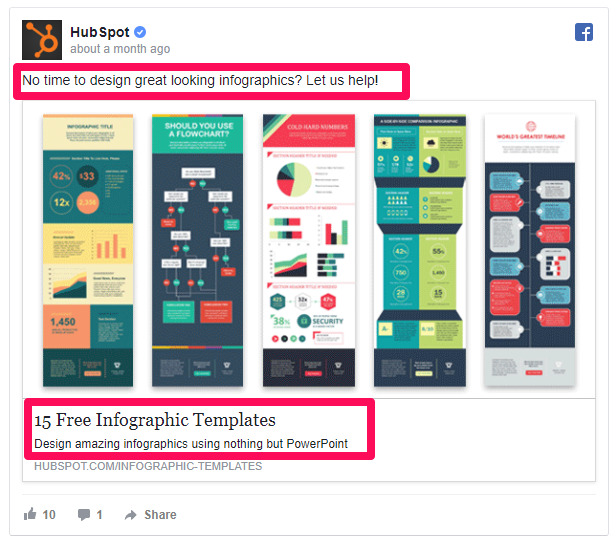


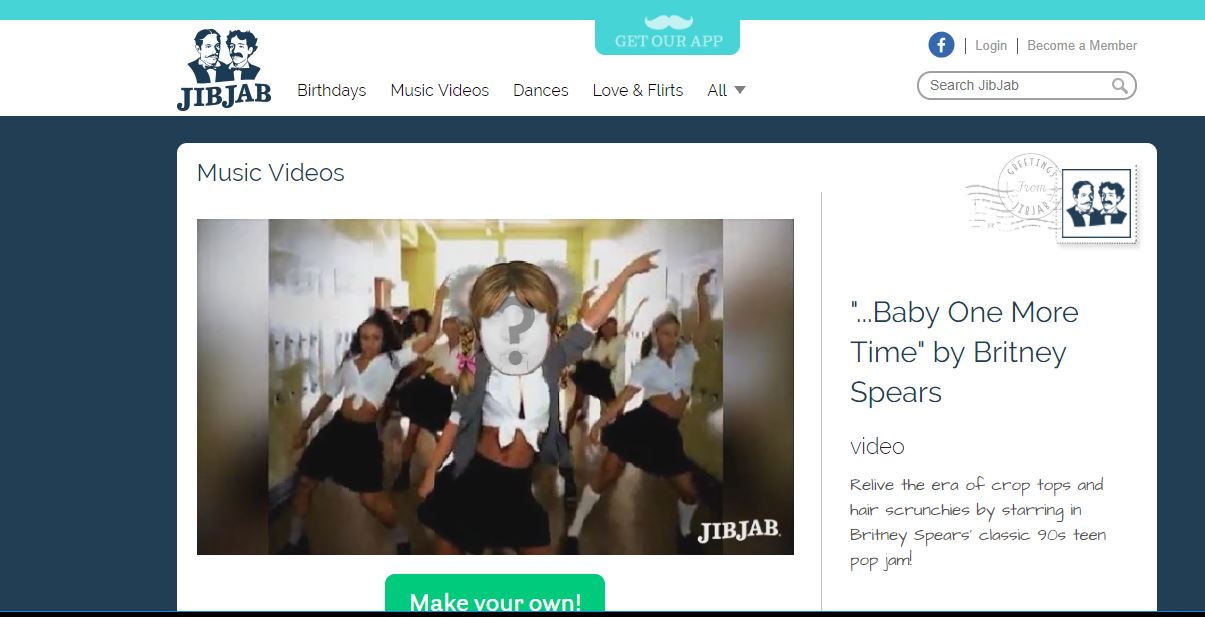
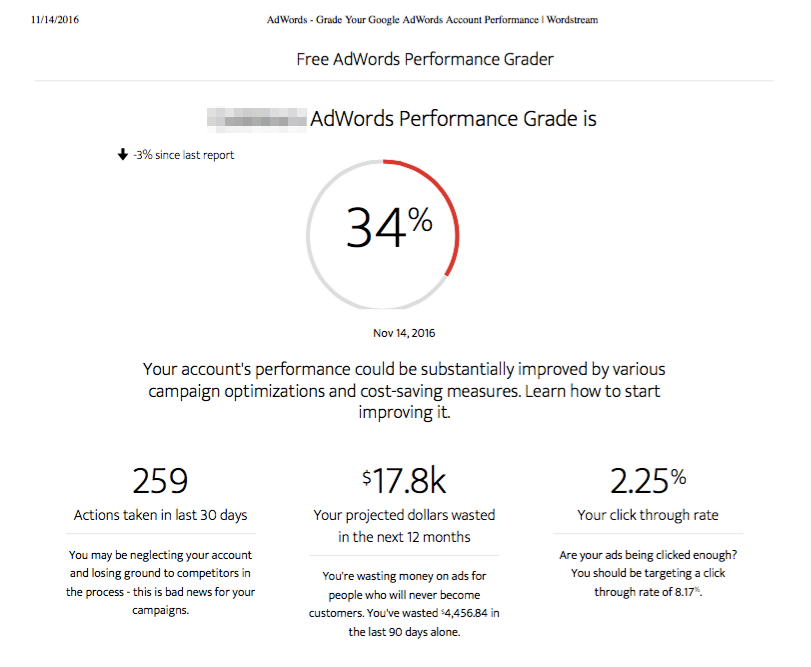





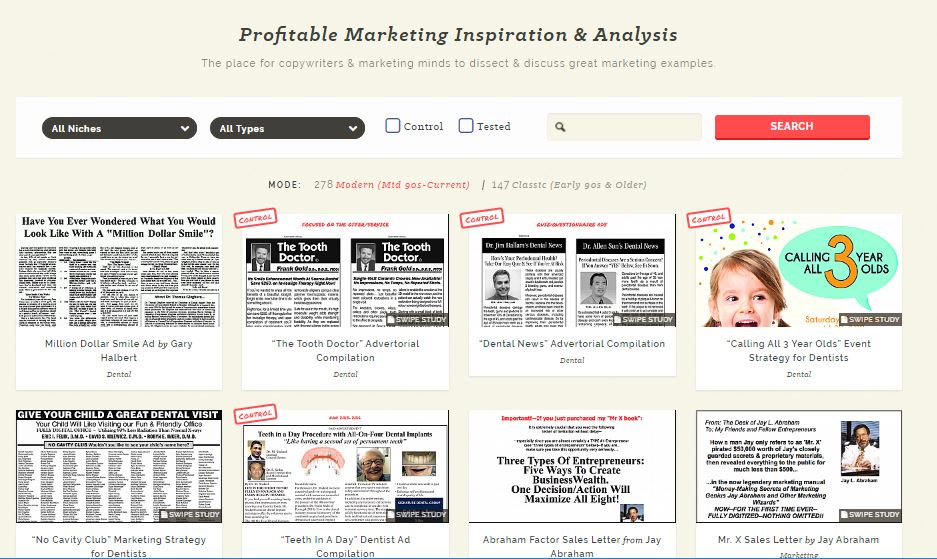


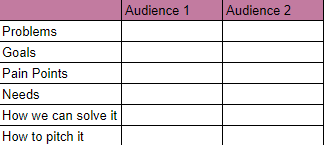
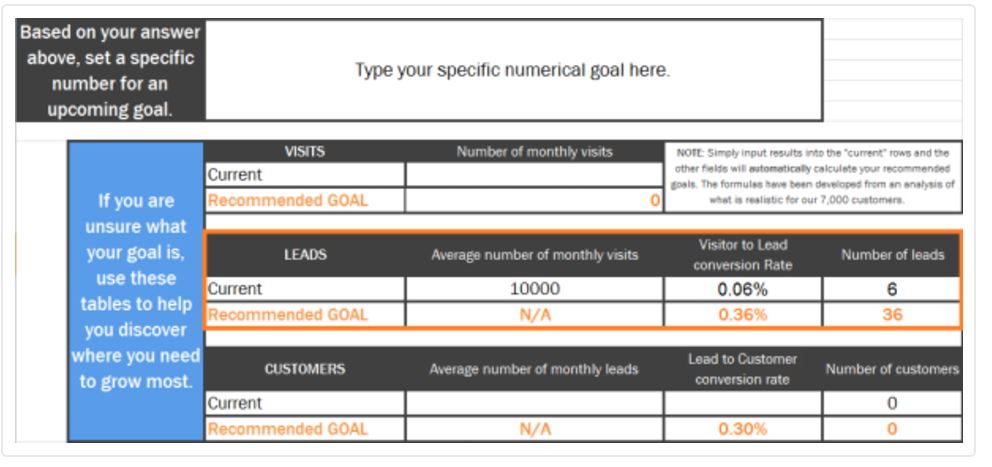
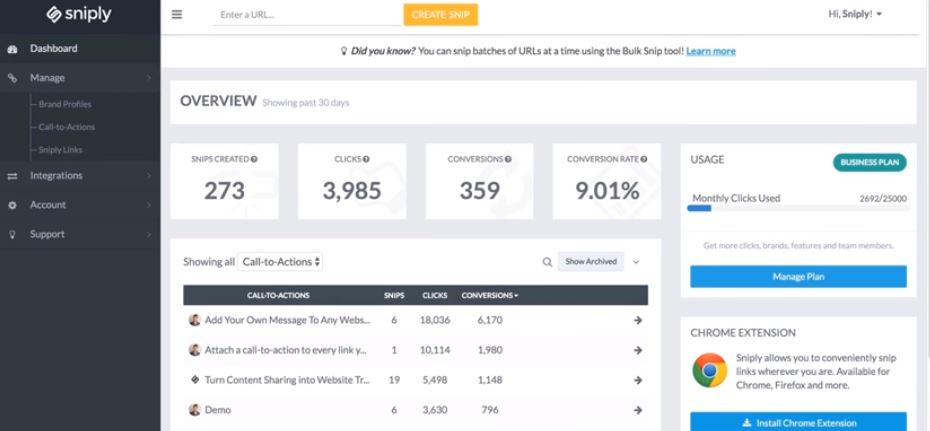
Comments (0)